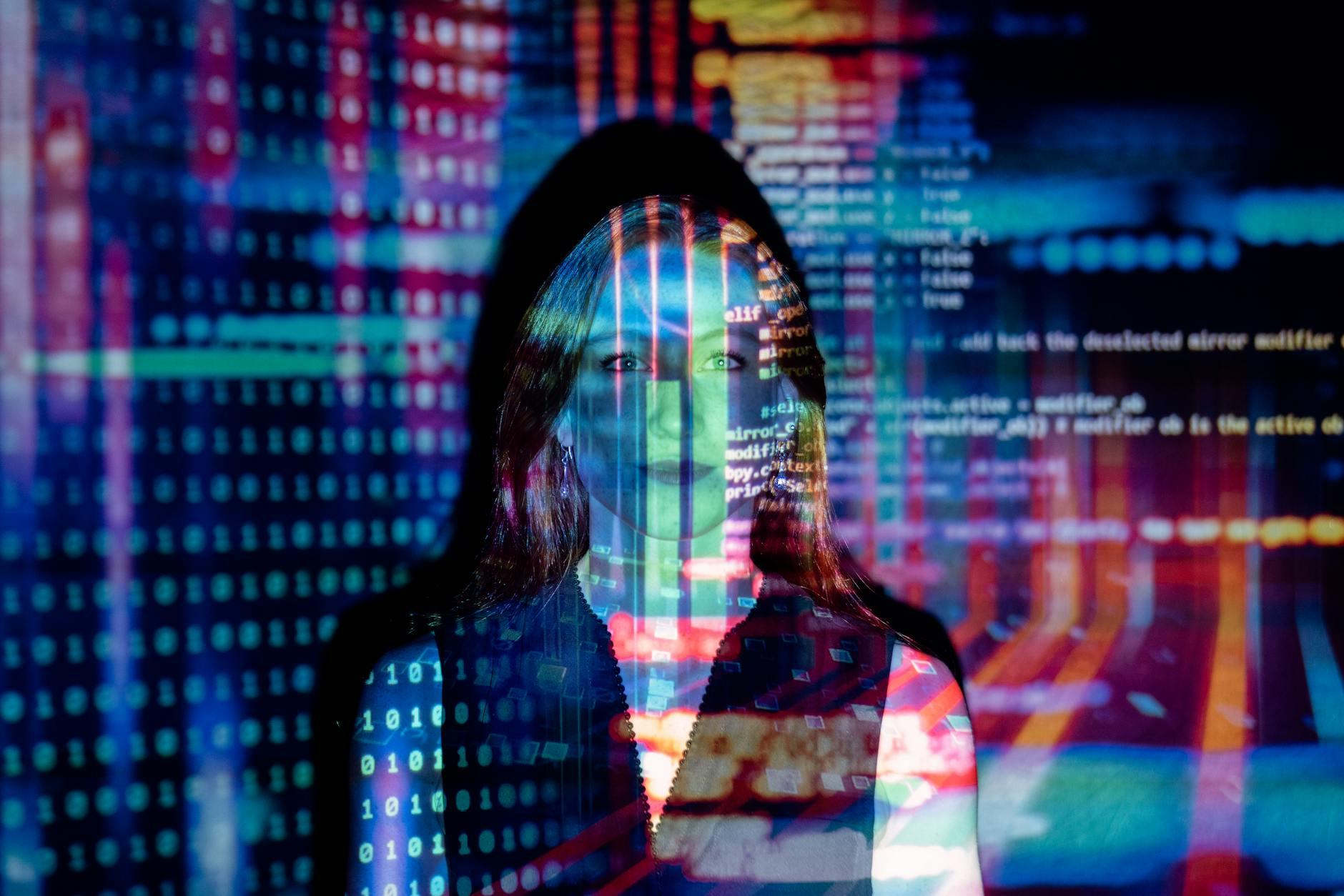Adell Falah's Key Ideas from Human-Centered AI
by Ben Shneiderman
Ideas, facts & insights covering these topics:
4 ideas
·461 reads
6
Explore the World's Best Ideas
Join today and uncover 100+ curated journeys from 50+ topics. Unlock access to our mobile app with extensive features.
Human Centered AI
- Human-Centered AI (HCAI) seeks to empower people, not replace them.
- HCAI vests in rationalism and empiricism.
- HCAI attempts to combine significant levels of human control with automation.
- HCAI strives to be “reliable, safe and trustworthy.”
- HCAI designs should be consistent and user-friendly, and should prioritize user control.
- AI research should focus on science and innovation.
- Software engineers who create HCAI systems should use ethically viable practices.
- Businesses deploying HCAI systems must prepare for potential failures.
- As AI develops, organizations should adopt HCAI principles.
24
165 reads
Human-Centered AI (HCAI) seeks to empower people, not replace th
Human-Centered Artificial Intelligence (HCAI) provides strategies for moving away from AI that focuses exclusively on powerful algorithms, and toward AI that prioritizes the human perspective. In the recent past, AI researchers and developers targeted the power and performance of algorithms and technologies.
HCAI doesn’t want AI and automation to replace human beings. It aspires to keep people in control of AI
21
105 reads
HCAI attempts to combine significant levels of human control wit
HCAI distinguishes the degree to which AI is autonomous and supports automation, and the degree to which people control AI. HCAI seeks AI systems that combine autonomy and human control. This combination of human control and autonomy should promote applications that are “reliable, safe, and trustworthy” and that enhance human performance in complex projects.
21
94 reads
The Eight Golden Rules for User-Friendly Design
- Consistency: make sure your design is consistent and easy to navigate.
- Usability: keep in mind that your interface should be functional and user-friendly for all types of users.
- Feedback: provide timely feedback to avoid confusion for users.
- Closing Windows: make sure users have the option to close pop-up windows.
- Error Prevention: good design can minimize mistakes and prevent errors.
- Undo Actions: users should have the ability to reverse actions if needed.
- User Control: give users control over the interface.
- Memory Minimization: designs should minimize the need for users to remember information.
23
97 reads
IDEAS CURATED BY
CURATOR'S NOTE
Human-Centered AI (HCAI) provides strategies for grounding AI in human values and deploying this powerful new technology to improve, not diminish, people’s lives.
“
Different Perspectives Curated by Others from Human-Centered AI
Curious about different takes? Check out our book page to explore multiple unique summaries written by Deepstash curators:
14 ideas
instructor Hood's Key Ideas from Human-Centered AI
Ben Shneiderman
Discover Key Ideas from Books on Similar Topics
13 ideas
Life 3.0
Max Tegmark
6 ideas
Web design is dying… here's what's coming
Payton Clark Smith
9 ideas
Change from the Inside Out
Erika Andersen
Read & Learn
20x Faster
without
deepstash
with
deepstash
with
deepstash
Personalized microlearning
—
100+ Learning Journeys
—
Access to 200,000+ ideas
—
Access to the mobile app
—
Unlimited idea saving
—
—
Unlimited history
—
—
Unlimited listening to ideas
—
—
Downloading & offline access
—
—
Supercharge your mind with one idea per day
Enter your email and spend 1 minute every day to learn something new.
I agree to receive email updates




